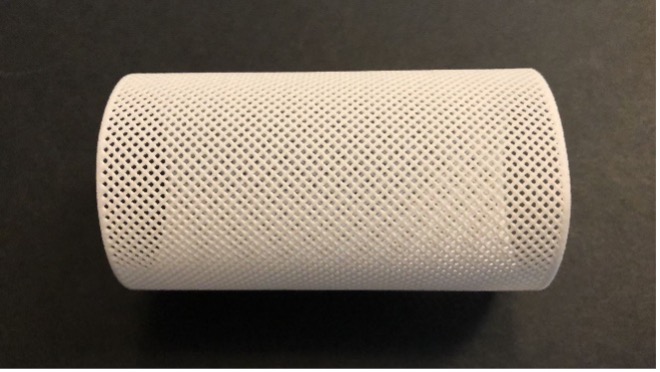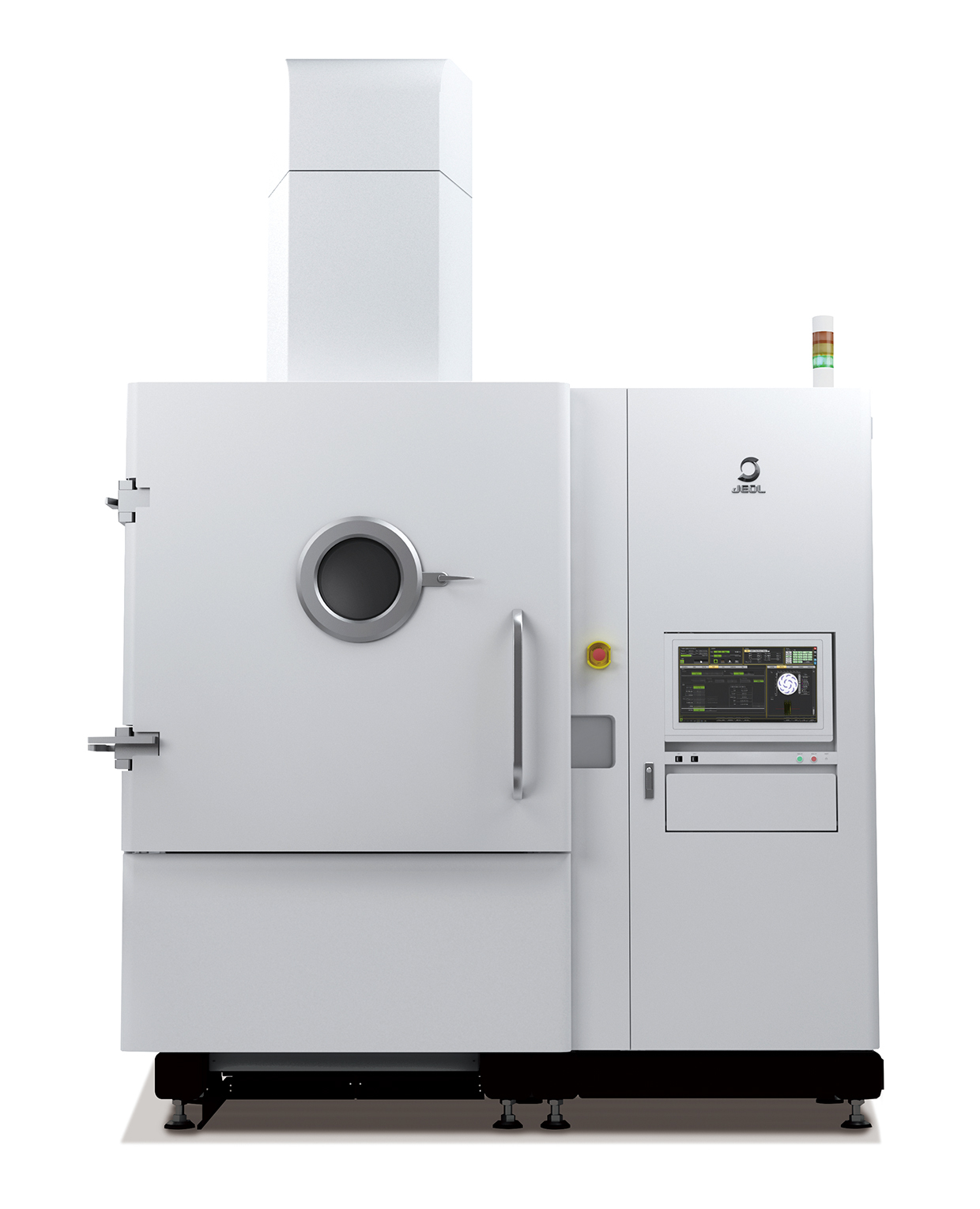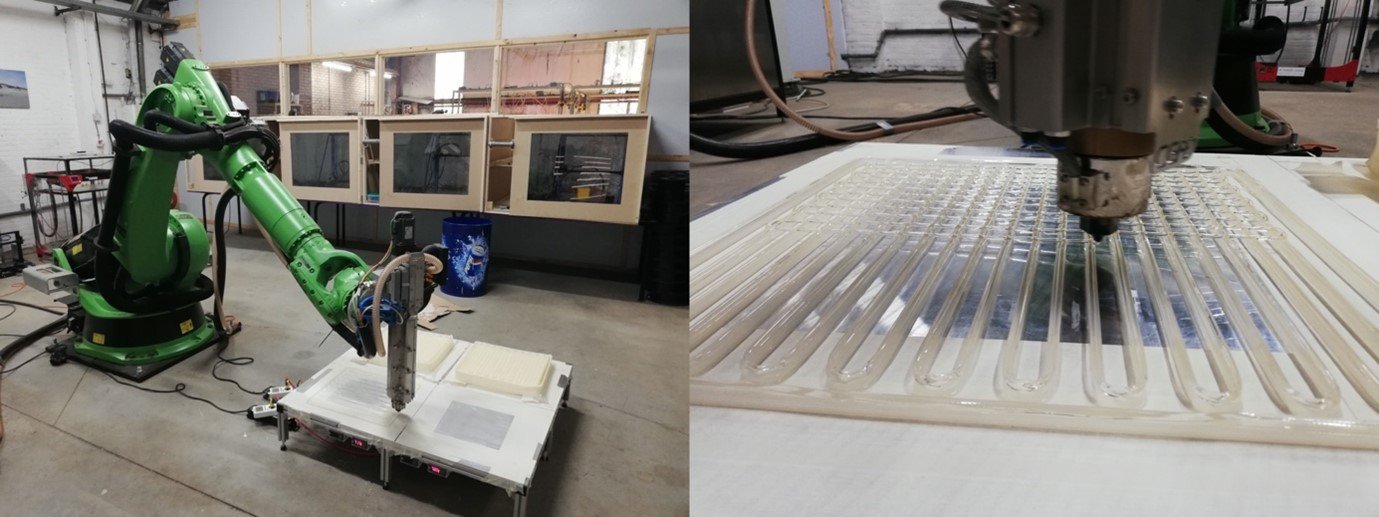The industry continues to grow, which sees new personnel at additive construction firm ICON and metal 3D printing firm, XJet. Meanwhile, technologies from other industries are being applied to 3D printing, such as electron beams for advanced microscopes and electrochemical machining. We’re also witnessing the wider adoption of additive manufacturing (AM) in oil and gas, with Ocyan’s use of Spare Parts 3D. France’s Multistation is adding new technologies to its reselling portfolio. Oyster and mussel reefs are gaining assistance from 3D printing. And San Francisco startup Fictiv has raised another $100 million.
ICON Announces New CFO
Additive construction firm ICON has taken on a new chief financial officer, Tom vonReichbauer, describing the hire as necessary for its next stage of growth. VonReichbauer comes from such leading tech companies as Google, Nest, and Tesla. Before joining ICON, he worked as CFO of residential solar company Sunrun. Prior to that, he was CFO and chief business officer of Nest, as it was acquired by Google. ICON has so far raised nearly a half-billion dollars, working closely with such government agencies as the Department of Defense and NASA.
JEOL Introduces New Electron Beam 3D Printing to North America
Japanese electron beam company JEOL (TYO: 6951) first introduced the world to its electron beam powder bed fusion technology at Formnext 2021. At RAPID+TCT 2022, the company brought its JEOL JAM-5200EBM electron beam 3D printer to North America via JEOL USA. As covered in a previous article and will be covered in an upcoming interview, the platform has a cathode that survives longer than any other electron beam 3D printer on the market. It also improves quality through the use of its e-shield feature, a pre-heat scan strategy, active bam spot and focus shaping, and more.
XJet Hires VP Sales North America
XJet too is taking on new staff, in this case a new VP of Sales for North America, Harry Danford. At RAPID + TCT, the Israeli firm provided tours of its U.S. customer, the first client to own a metal 3D printer from XJet. Now, the company is demonstrating its commitment to the U.S. market even further with the hire of Danford. He brings with him 10 years of experience in business development and sales in the 3D printing industry.
Voxel Innovations: Postprocessing Additive Parts via Electrochemistry
Voxel Innovations, a small firm from Raleigh, North Carolina, introduced its pulsed electrochemical machining (PECM) technology, a non-contact, non-thermal chemical machining process for finishing metal parts. This includes refractory alloys and nickel superalloys. Because there is no friction between the tool and the workpiece, it can be used to post-process metal 3D printed parts with thin-walled features. PECM works works by running a charged electrolytic fluid between a very fine gap between the tool and workpiece, and performing a controlled “rusting” of the metal, dissolving it into the desired shape. Voxel Innovations has worked with the Air Force and Navy and could become an important player in the additive space.
Brazilian O&G Giant Ocyan Partners with French Spare Parts 3D

A 3D printed spare part for Ocyan, selected using Spare Parts 3D technology. Image courtesy of Spare Parts 3D.
Brazilian oil and gas giant Ocyan worked with French 3D printing firm Spare Parts 3D to develop a digital inventory for its components. Over the course of 11 weeks, Spare Parts 3D applied its DigiPART software to analyze 17,000 spare parts, without any 3D files, to determine what components would be most suited for additive. Trained on over 250 000 parts from 2,000 categories and 7,000 pieces of equipment from the oil and gas industry, Spare Parts’ machine learning algorithms were applied to Ocyan’s ERP/PLM data. Based on such characteristics as lead time reduction, minimum order quantity optimization, and cost reduction, the software selected 11 percent of these parts, or 1,886 SKUs. From this, the company selected its first part to 3D print and has plans to select other parts in the future.
Multistation Adds Vshaper and Axiome Robotic Solutions with Meltio
In other French news, the leading French additive reseller, Multistation SAS, is adding more unique technologies to its systems portfolio. The latest include Axiome Robotic Solutions with Meltio Engine directed energy deposition heads, as well as the VSHAPER 500 PRO high-temperature polymer 3D printer. While the former is a low-cost, robotic method for DED metal 3D printing, the latter can process such materials as PEEK through the use of dual print heads capable of reaching up to 450°C.
Researchers to Restore Shellfish Reefs with 3D Printing
More researchers are applying additive to the restoration of ocean ecosystems. This time, NIOZ and Utrecht University have partnered to aid mussel and oyster reefs in the Wadden Sea of the Netherlands. They will be 3D printing artificial reef structures made from biodegradable material that can decompose once the sea creatures are able to settle naturally on them and are large enough to form their own reefs.
Fictiv Raises $100M
Bay Area startup Fictiv announced the closing of a $100 million Series E funding round, bringing its total investment to $192 million since its founding in 2013. The company acts as a hub for digital manufacturing, providing a place to design, price, and order components made with 3D printing, CNC machining, injection molding and urethane casting. So far, the company has enabled the production of over 19 million mechanical parts across more than 3,000 product categories. Fictiv aims to use the funds to further its technology for de-risking the supply chain.
Subscribe to Our Email Newsletter
Stay up-to-date on all the latest news from the 3D printing industry and receive information and offers from third party vendors.
Print Services
Upload your 3D Models and get them printed quickly and efficiently.
You May Also Like
Havaianas Collaborates with Zellerfeld to Launch 3D Printed Flip-Flops
The shoe of the summer is undoubtedly the flip-flop. Easy on, easy off, your feet won’t get sweaty because there’s not much material, and they’re available in a veritable rainbow...
UCLA Researchers Develop 3D Printed Pen that May Help Detect Parkinson’s Disease
Diagnosing Parkinson’s disease is difficult. Often, early symptoms of the progressive neurological condition may be overlooked, or mistaken for signs of aging. Early diagnosis can help save lives and improve...
Printing Money Episode 30: Q1 2025 Public 3D Printing Earnings Review with Troy Jensen, Cantor Fitzgerald
Printing Money is back with Episode 30, and it’s that quarterly time, so we are happy and thankful to welcome back Troy Jensen (Managing Director, Cantor Fitzgerald) to review the...
Heating Up: 3D Systems’ Scott Green Discusses 3D Printing’s Potential in the Data Center Industry
The relentless rise of NVIDIA, the steadily increasing pledges of major private and public investments in national infrastructure projects around the world, and the general cultural obsession with AI have...



































